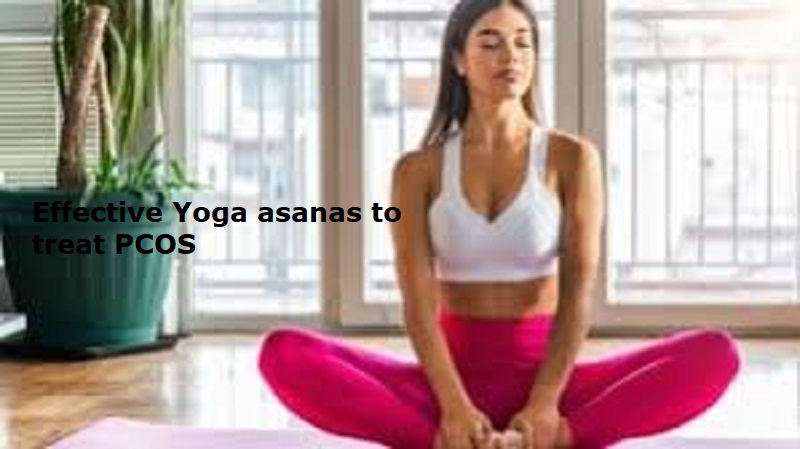
Polycystic ovary syndrome, also called PCOS, affects 1 out of every 5 women in India. In women of reproductive age, it is one of the most common endocrine complications that leads to hormonal imbalance. Women with PCOS may experience a range of symptoms, including irregular periods, acne, weight gain, and difficulty getting pregnant. The condition is not really a disease, but rather a medical condition. PCOS can be managed with lifestyle changes that include clean, plant-based nutrition and holistic living.
In the case of PCOS, the ovaries create abnormally high levels of androgens, the male sex hormones that are typically present in women in trace amounts. The many little cysts (fluid-filled sacs) that develop in the ovaries are known as polycystic ovarian syndrome. PCOS can be of 4 different types. These types being Insulin Resistance, Post pill, Adrenal and Inflammatory
Also Read: Smartphone addiction leads to loneliness and isolation, says study
Yoga for beginners
Surya namaskar is the greatest for everyone who wishes to begin their yoga journey successfully, according to certified yoga trainer Reema Vengurlekar. It assists in opening up the entire body. Trikonasana strengthens your legs and helps to stretch the hamstrings. Marjarasana aids in strengthening your back and enhancing spinal mobility. The boat posture, also known as Naukasana, aids in developing abdominal muscles.
Yoga to prevent uterine disorders
Vengurlekar recommends the following yoga poses to prevent uterine disorders: Blood circulation throughout the body is aided by pranayama. Every area of the body benefits from meditation. Shata Kriya helps to remove internal toxins and is excellent for the lower abdomen. The pelvic floor and organs are strengthened with utkatasana.
Yoga asanas for women with PCOD
Dhanurasana calms menstruation pain, energises the ovaries, and controls the menstrual flow. It enhances circulation in the pelvic area and eases abdominal discomfort. Lower back pain is relieved with setubandhasana. It eases tension across the whole pelvic region and back while lowering stress and anxiety. Badhakonasana expands the inner thighs and supports the spine. It eases stress in the chest and shoulders.

Post Your Comments